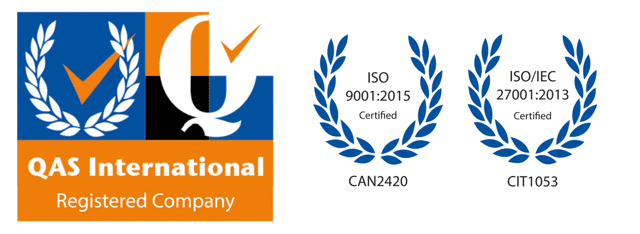MSPs use various business models to meet clients needs; while every MSP evolves their own unique model, they broadly fall into to catagories:
Per-User: The most common MSP model, this option is easy to understand from both the clients and provider perspective. The MSP will charge a flat monthly fee based on the number of users, who will receive full support.
Per-Device: The Per–Device pricing is the next most common model. In this model, the MSP will charge based on the devices being supported. This option can get complex as some users will have many devices, and inventory has to be strictly tracked.
Why Are We Switching?
Pund-IT started with a per-device pricing model – in 2010 there was less consensus on which was best, and it seemed most transparent. As we’ve evolved over the years, we found that the strict inventory requirements, and discussions about whether or not specific devices were under contract, in particular, stole focus away from the key concern – whether the User was being served. Under a per-user model, the key focus is whether the User is covered, and support them in using the general corporate infrastructure.
Inventory is still important – assets have value, knowing your assets and their status has security implications, and being able to effectively support people requires knowing what you have to work with – but nobody enjoys having to debate how spare laptops will be billed, or knowing that there is retired gear that is still “on contract”, which could result in savings if only someone had time reconcile the inventory list that month.
We still onboard and offboard devices and services; it’s still important to distinguish between corporate and personal assets – a company has very different rights and responsibilities when it comes to their own property, versus someone else’s. But we are able to be much more flexible in what we can say yes to, which leads to less friction and more doing.
Also, as the world evolves, more and more of what IT spends their time on has no physical form. Key aspects of many client businesses are driven by cloud services, whereas in decades past, there would have been physical devices attached. Per-User allows the environment to be viewed more holistically, thus allowing for better coverage for supporting the intangible services that we all depend on.
In having an estimate for the devices and services the “average user” would depend on, though you will have some users that actually have more, and some less, they get blended together; the main thing is that the ratios between different sorts of users in your company remains about right. Similarly, processes used to support users may become quicker, or more time consuming. Rather than worrying about that every month, instead one can do a periodic adjustment to reflect changing needs, be that at the end of the contract term, or as needed if underlying assumptions change in a big way. Per-User also better reflects that Pund-IT’s Managed Services is to be your IT department; that Per-User price represents the budget to get everything in the scope done. When there are small tools, like our chosen anti-virus agents, that may have been excellent last year, but this year are being handily beaten by a hot new competitor, having these various small pieces rolled in gives Pund-IT an increased ability to operate like a system or platform for clients.
Conclusion
Becoming a Per-User MSP is the latest evolution in our quest to provide the best client experience we can. While the per-device model has served us well, the ongoing tension, particularly over small devices like printers, access points, and switches, has our focus first on the people, and everything else in relation to the people who spoke to us more than anything else.
Looking forward to more years of serving you well,
- The Pund-IT Team



